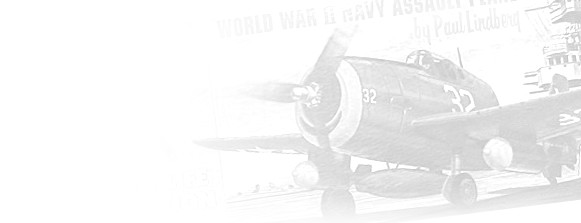
1/72 AIR006 Azur Farman SNCAC NC-223.4 - Jules Verne The First Bomber To Hit Berlin / Le Verrier / Camille Flammarion - (NC223 4)
Plastic Model Kit, Box Condition: Exc+
Rare. Beautifully molded with all fine recessed surface detail, very good cockpit and crew station and more. Includes paint guide and decals for well-known aircraft. Le Verrier is in the colors of Air France from 1942, Camille Flammarion also from Air France 1942 and Jules Verne as converted into a bomber by French Naval Aviation for a night mission over Berlin June 6/7 1940. Never started. The parts are still in the internal factory sealed bags and includes decals and instructions. From website weasponsandwarfair.com: The 223.4s were stationed at the Lenvéoc-Poulmic airfield, which became their operational base during the German offensive starting on May 10, 1940. The first mission took place on the night of May 13-14, in which the “Jules Verne” bombed the railway junctions of Aachen and Maastricht. Other missions followed to bombard Middelburg and other cities. The idea of an attack over Berlin was a retaliation for operation “Paula”: A German bombing operation against military target aside and in Paris. But bombing Paris as the Germans was way easier than bombing Berlin as the French; German lines were now just a few tens of kilometers from the capital, and while German Bombers were able to benefit from fighter escort, the French bombers couldn’t. However, Corvette Captain Henri Laurent Daillière was not a man to cancel such an operation because of his fear. The Jules Verne took off in the afternoon of the 7th of June, in order to arrive over Berlin in the middle of the night. It carried not only eight 250kg bombs, but also eighty 10kg incendiary bombs, stored in the fuselage. Going all the way through the North Sea, Denmark, and the Baltic sea, and using the city of Stettin (nowadays Szczecin, Poland) to find its way and turn to the right direction, the Farman managed to reach Berlin. In order to not be detected, it performed a fake landing preparation for Tempelhof airfield, making the Germans believe it was one of their aircraft. Flying at just 350 Km/h and at an altitude of just 100 meters, the Jules Verne finally found its target; it did not perform a terror raid, but an attack against a valid target: The Siemens factory of Berlin’s suburbs. As the aircraft dropped its payload (a long process; the eighty incendiary bombs had to be hand-dropped by two men), German anti-air artillery started to open fire; but the Jules Verne, after dropping all of its bombs (and the shoe of the bombardier, Corneillet, perhaps as a last “**** you” to Hitler) managed to escape, and safely landed at Orly airfield, near Paris, without having suffered significant damage. It safely landed at Orly airfield, near Paris, on the 8th of June morning, after eleven hour and forty minutes of flight; French newspapers did all relate the events, which ended up being an important propaganda success in the dark hours of June 1940. This was the first bombing of Berlin during the Second World War, months before the British made their first attempts (which would end more tragically) Following this action, Daillière and his crew were condemned to Death by Nazi Germany, and treated as pirates; to this they responded, in the pure tradition of Surcouf or Duguay-Trouin, that they were in fact corsairs.
This item has been sold.
Click here to return to the main page.
